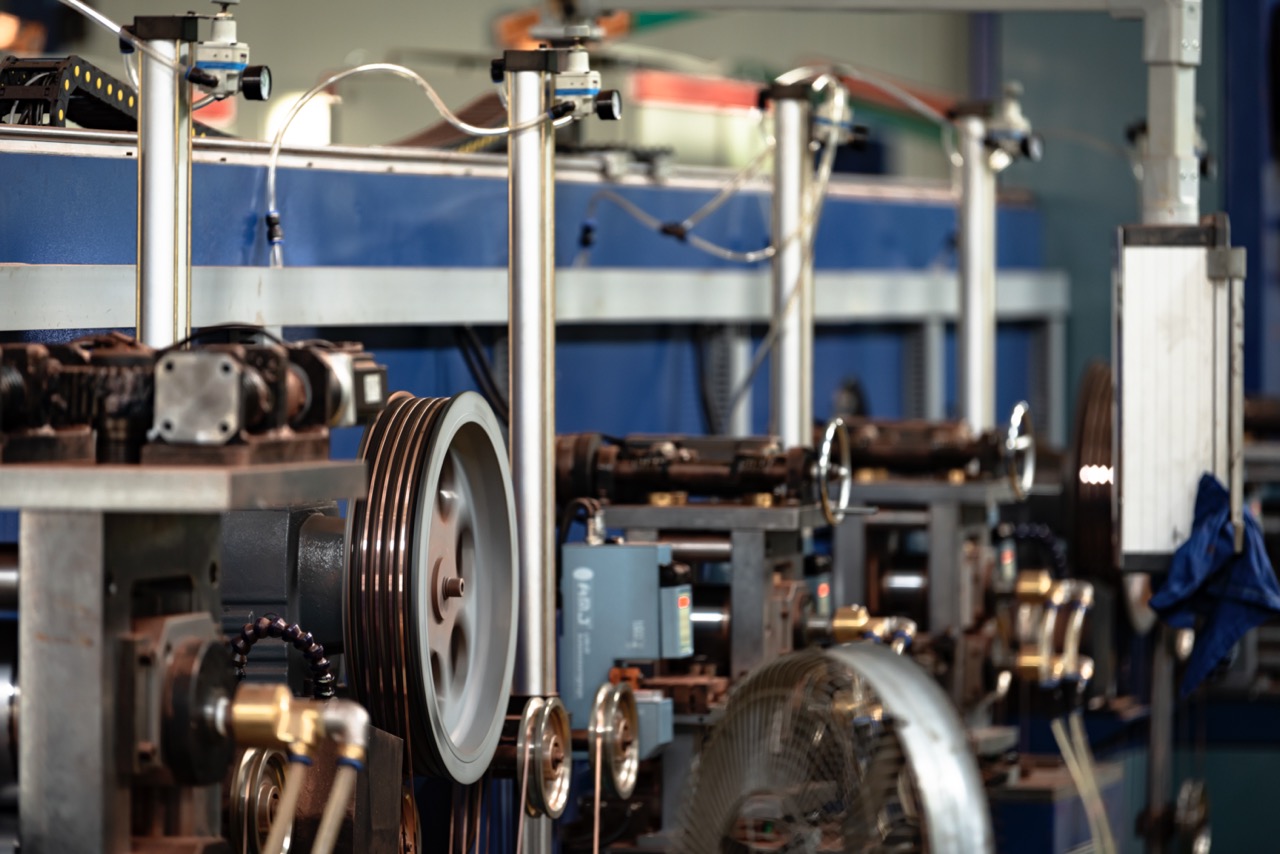The weldability of copper-clad aluminum strip determines whether it can be widely used inPhotovoltaic welding ribbon, battery leads, electronic packagingBecause its structure is a composite material of "outer copper + inner aluminum", its weldability is different and challenging compared to pure copper.Good welding results can be achieved through high-quality material design and process optimization.
1. Welding performance characteristics of copper clad aluminum strip
1. Surface copper has excellent solderability
- Copper itself has excellent welding properties (especially with alloys such as tin, lead, and silver).
- If the copper layer is thick enough (≥5μm), reliable soldering can be guaranteed without exposing the aluminum base.
- Multilayer composite copper stripRaytronThe product produced has a performance close to pure copper in the welding area.
2. The welding process requires heat control
- The thermal conductivity of aluminum is higher than that of copper, but the overall thermal conductivity of copper-clad aluminum is still slightly lower than that of pure copper, so the temperature or time needs to be appropriately increased during welding.
- Overheating during welding may cause the copper layer to melt through and the aluminum to oxidize, so temperature control is very critical.
3. Soldering stability depends on the quality of copper layer bonding
- If the copper layer is not firmly bonded to the aluminum base (such as uneven electroplating or loose rolling), the copper layer may peel or peel off during high-temperature welding, resulting in poor welding.
- High-end manufacturers such as Ruichuang use high-precision composite rolling technology to effectively ensure the firmness of the copper-aluminum bond.
2. Several key factors affecting the weldability of copper-clad aluminum
| factor | Impact Statement | Recommendations |
|---|---|---|
| Copper layer thickness | Too thin a copper layer will affect solder joint strength and soldering stability | Recommended ≥5μm, special requirements can reach 8~12μm |
| Copper-aluminum bonding | Poor bonding can easily lead to peeling during welding | Choose calendaring bonding process, which is better than electroplating bonding |
| Surface cleanliness | Oxidation or contamination can seriously affect welding | Store tightly sealed and clean the surface before use |
| Soldering temperature | If the temperature is too low, the welding will not be strong, and if it is too high, the structure will be damaged. | Need to match equipment for process debugging |
3. Applicable welding methods
Copper clad aluminum strip is suitable for many common welding processes:
- ? Soldering/ Reflow
- ? Laser welding/ultrasonic welding
- ? Infrared hot pressing welding
- ?? Direct use of high temperature and high pressure spot welding is not recommended (it may damage the copper layer)
Summarize
Copper clad aluminum stripGood welding performance, but the premise isThe copper layer thickness is sufficient, the bonding strength is high, the surface is clean and free of oxidation, and the welding process is properly matchedHigh-quality products such as Ruichuang's copper-clad aluminum photovoltaic welding ribbon show very high welding stability and consistency in mass production, and can completely replace traditional copper ribbons.
